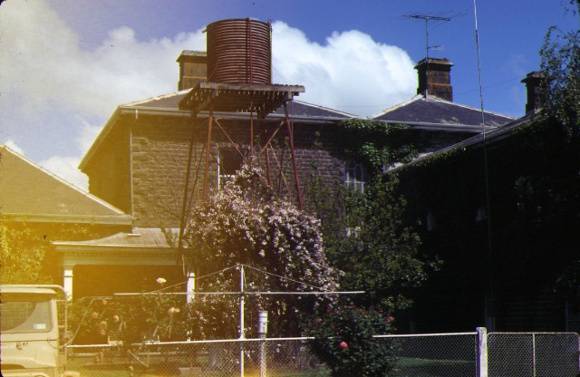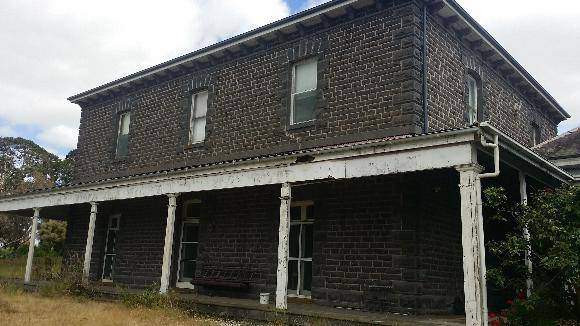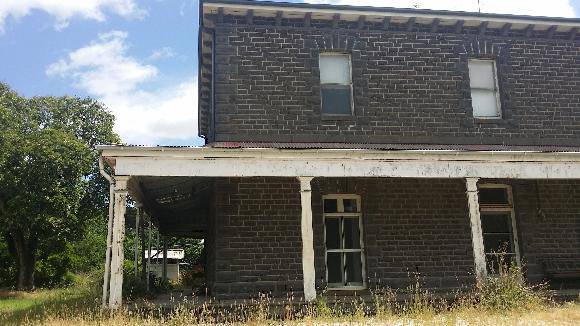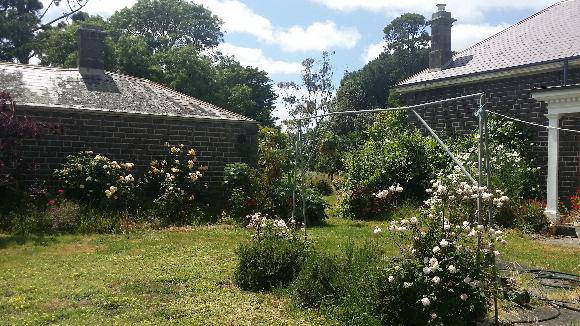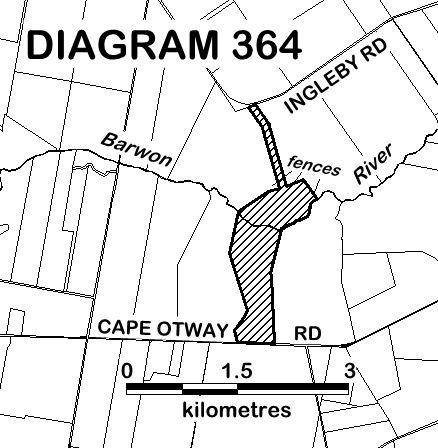| Back to search results » | Back to search page » |
|
INGLEBY HOMESTEAD AND OUTBUILDINGS
Location765 INGLEBY ROAD WINCHELSEA AND 3470 CAPE OTWAY ROAD BIRREGURRA, SURF COAST SHIRE
File Number601991LevelRegistered |
|
Statement of Significance
What is significant? The land on which the Ingleby homestead now stands was first settled by Thomas Armytage, Armytage was one of the earliest pastoralists to follow Batman and Fawkner into the Port Phillip District, initially arriving at Port Phillip in 1836 before, with his partners Charles Franks and Thomas Ricketts, shipping stock across Bass Strait to a site near Werribee shortly after. Their venture began disastrously when Franks and a shepherd were killed by aboriginals and the stock dispersed. At about the same time, Armytage's friend and mentor Joseph Gellibrand, who, along with John Batman had been a member of the Port Phillip Association, disappeared while exploring country west of Geelong. Armytage organised a search party which proved to be unsuccessful. During the search, however, the party came across excellent pastoral land on the upper reaches of the Barwon River and Armytage proceeded to take up the run which he named Ingleby. His occupation of the run proved to be short-lived however, as he died in 1842 after contracting typhoid fever. Ingleby then passed into the hands of his brother, George Armytage Jnr. George Armytage Jnr prospered on the estate, and, encouraged by the potential of the Port Phillip District, George Armytage Jnr urged his father to join him at Ingleby. George Armytage Snr left Tasmania for Ingleby in 1847 and stayed there for four years before moving to Geelong where, in 1859-60, he built the a large residence which he named The Hermitage. At the same time, George Armytage Jnr decided to replace his original house with a substantial home on the Ingleby property. Both father and son chose the accomplished Geelong architect Edward Prowse for the design of their homes. In 1882-83, important additions were made to the station when the substantial woolshed and a further range of station buildings were added to the design of architect AT Moran. In the early years of the twentieth century, the agricultural property began to be broken up. In 1910 and 1911, parts of the estate were sold off and Ingleby has undergone a further process of reduction in estate size over the years. In 1923 Ingleby passed out of Armytage family hands when Oscar Armytage sold the Ingleby homestead to Lyle Read. In 1951 the property was subdivided further and purchased by Harold Fowler under a soldier settlement programme. Ingleby then passed through a number of ownerships before its purchase in 1989 by Peter and Pam Habersberger who undertook substantial garden reinstatement works. The stone woolshed and other farm buildings were at this point separated from the residence site.
Why is it significant? Ingleby homestead is of architectural significance as a major surviving work of the accomplished Geelong architect Edward Prowse who also designed The Hermitage in Geelong for Thomas Armytage's father George Armytage Snr. The Ingleby homestead and station buildings form an important and intact pastoral complex. The large T-plan woolshed is of particular significance for the unusual use of subdued classical architectural decorative elements in a building of otherwise utilitarian character. Ingleby homestead is of archaeological significance for its potential to reveal through the examination of the ruins of the old homestead archaeological material relating to the early construction and occupation of the place. [Online data upgrade project 2005]
The exploration of Hamilton Hume and William Hilton Hovell into inland New South Wales and Victoria on route to the Port Phillip District in 1824-25 and the favourable reports of the land they had seen was a significant event in the colonization of Victoria. While Hume and Hovell discovered major inland rivers and first sighted the mountains of the Great Dividing Range in Victoria, it was the adventurous Launceston sealers, whalers and pastoralists who informally took up land to further their commercial interests on the southern coastal areas of Victoria. In 1835 two exploring parties, representing the interests of settlers John Batman and John Fawkner from Tasmania, established themselves in Port Phillip district. As more settlers followed, the authorities in Sydney were forced to acknowledge their existence and government officers were sent to the settlement to undertake the surveying and planning for a town.
How is it significant?
Ingleby homestead is of architectural, historical and archaeological significance to the State of Victoria.
Ingleby homestead is of historical significance for its association with the distinguished pioneering Armytage family who developed extensive pastoral holdings throughout the Western District. Thomas Armytage was one of the earliest pastoralists to follow Batman and Fawkner into the Port Phillip district and Ingleby station was the principal homestead of an extensive pastoral empire.
Group
Farming and Grazing
Category
Homestead Complex


